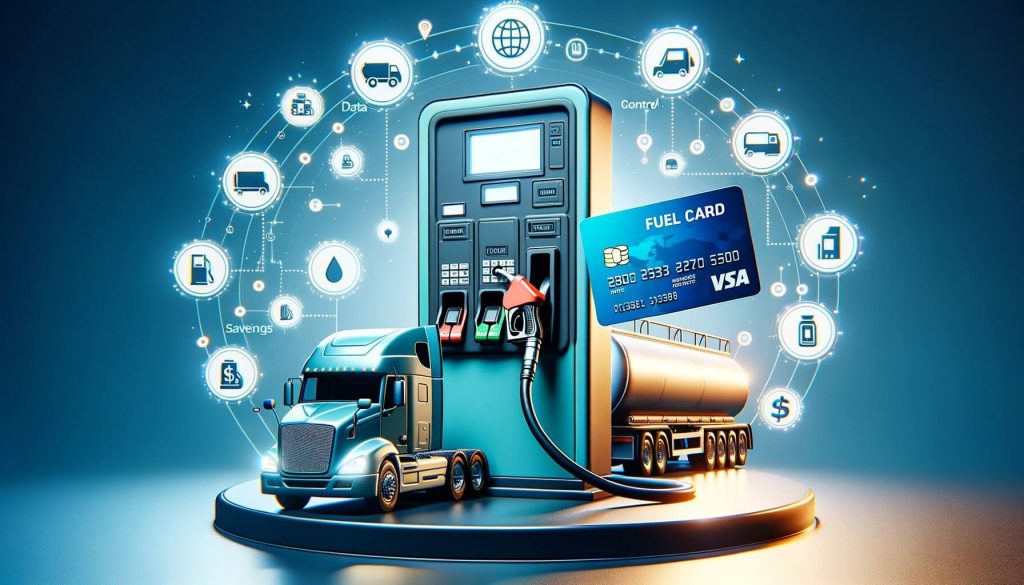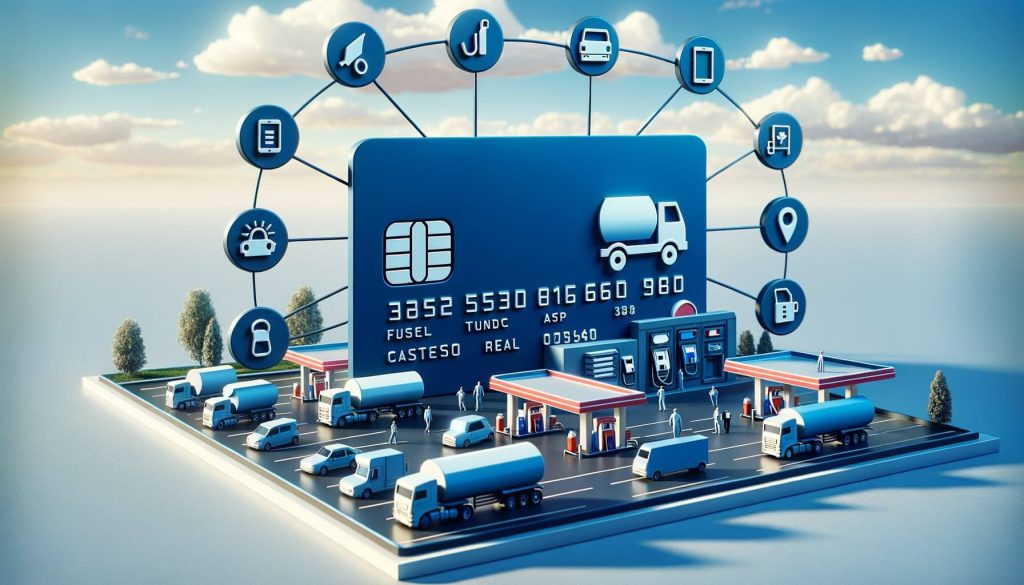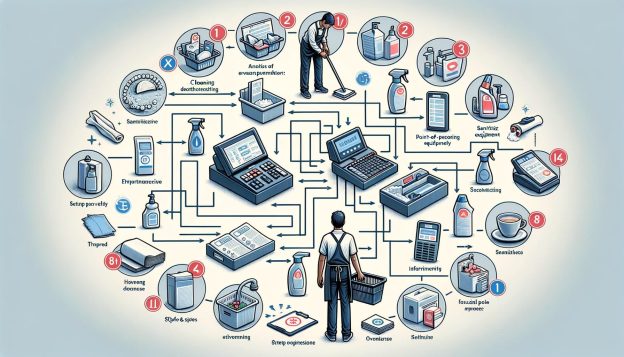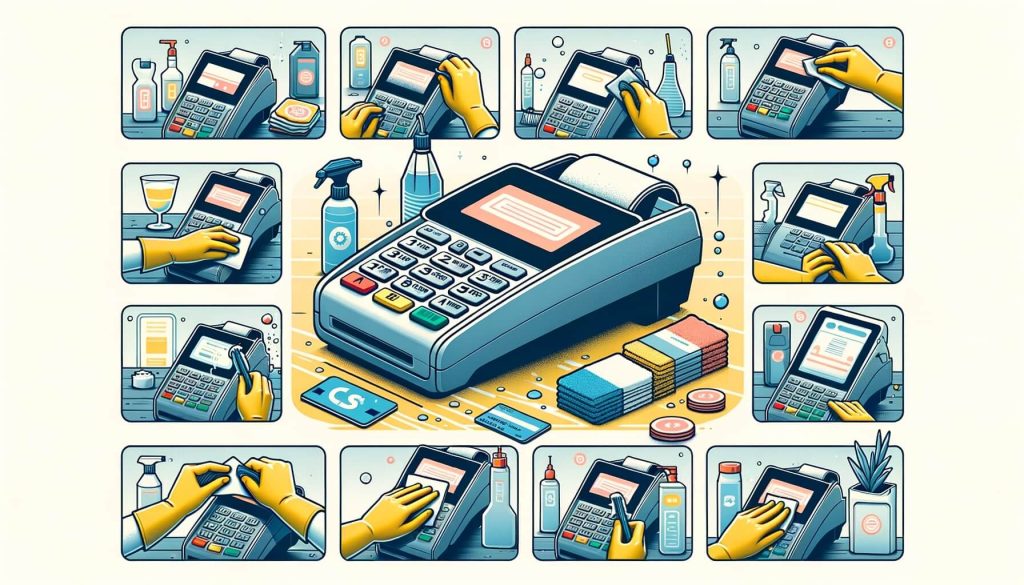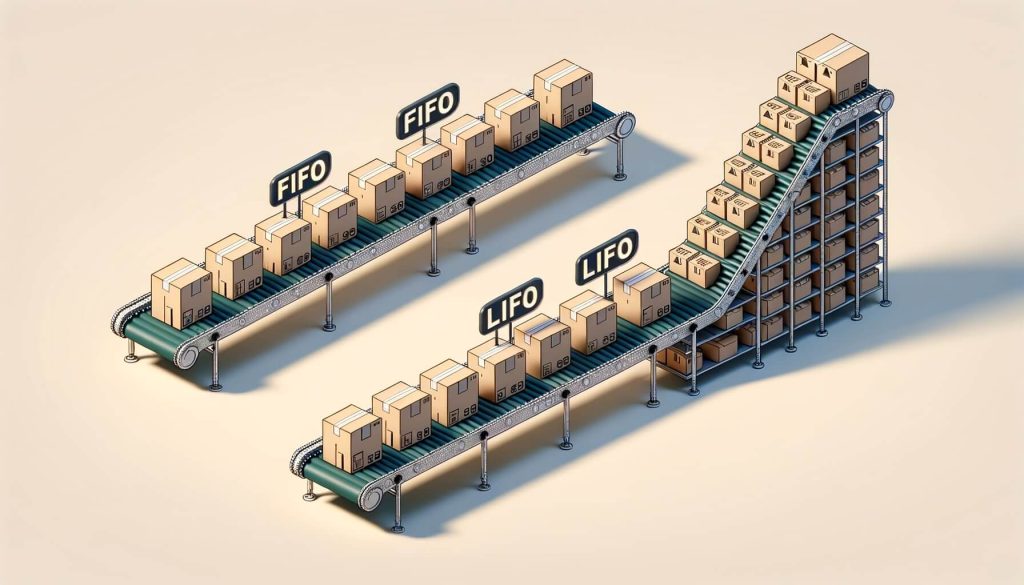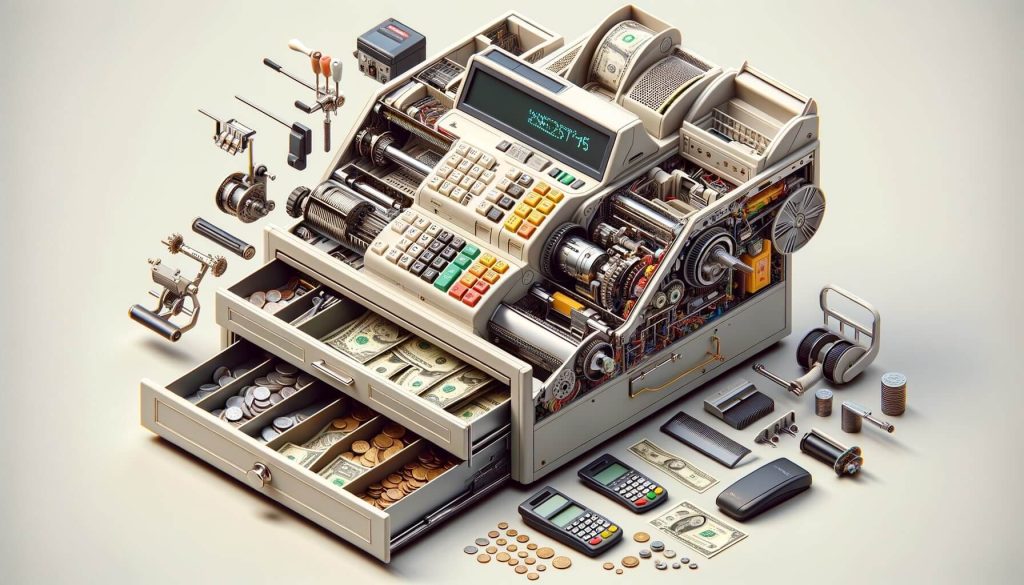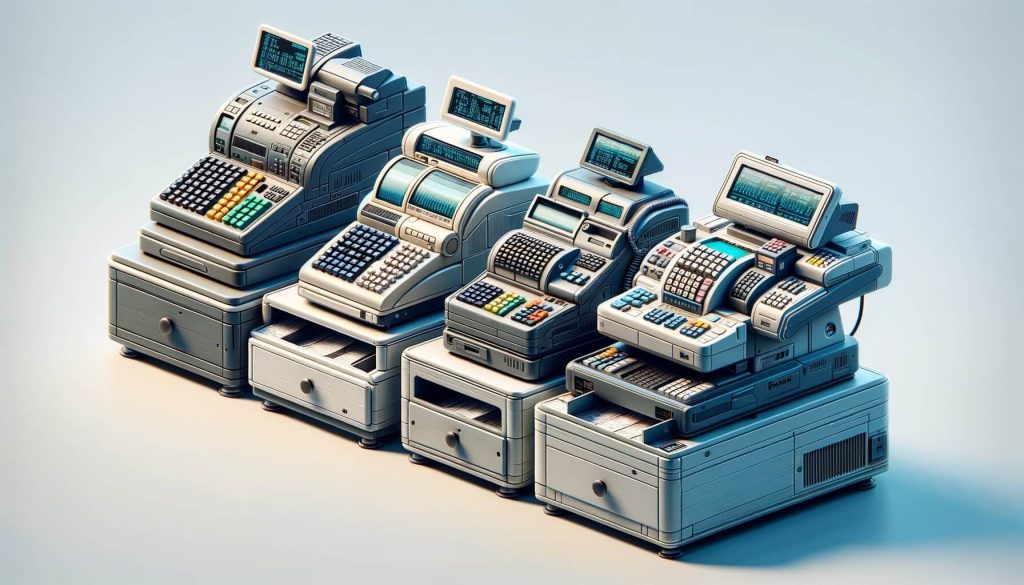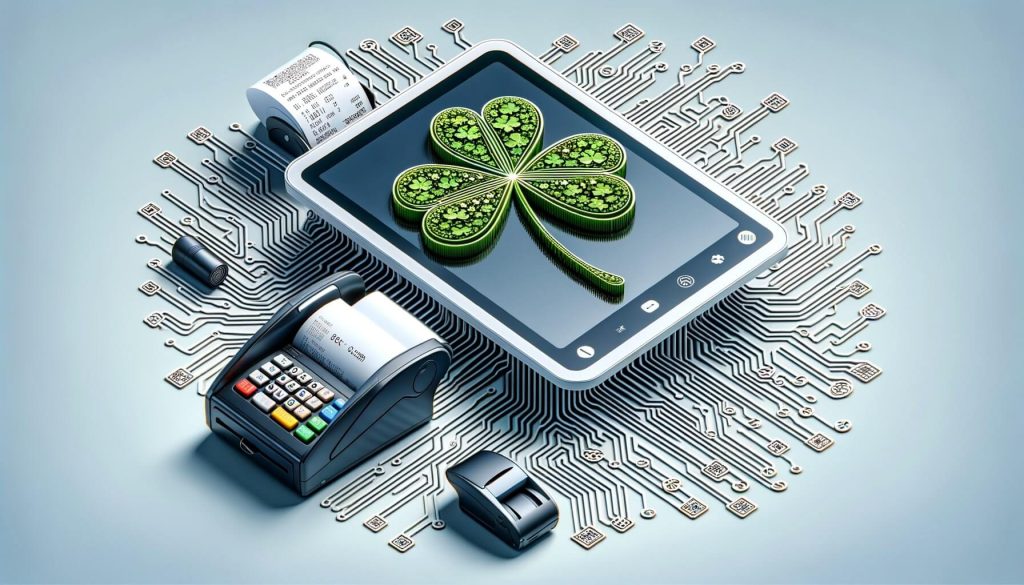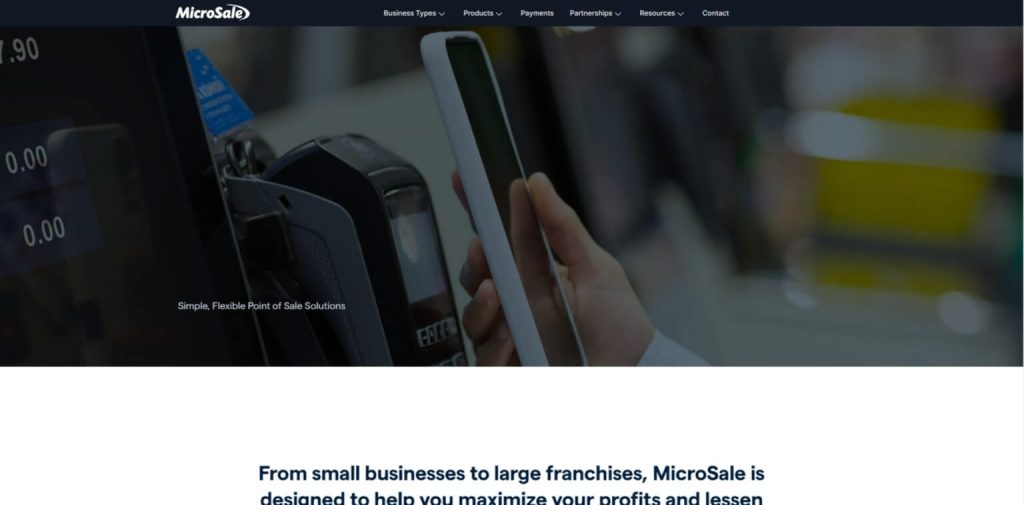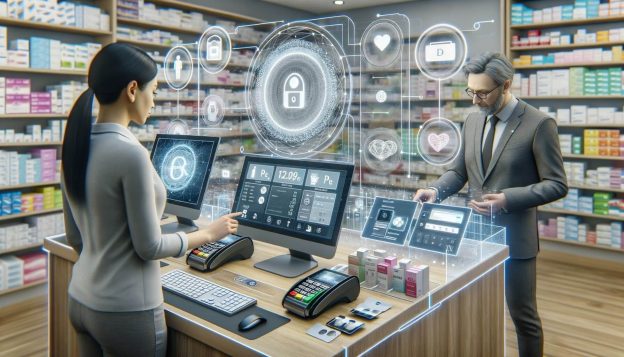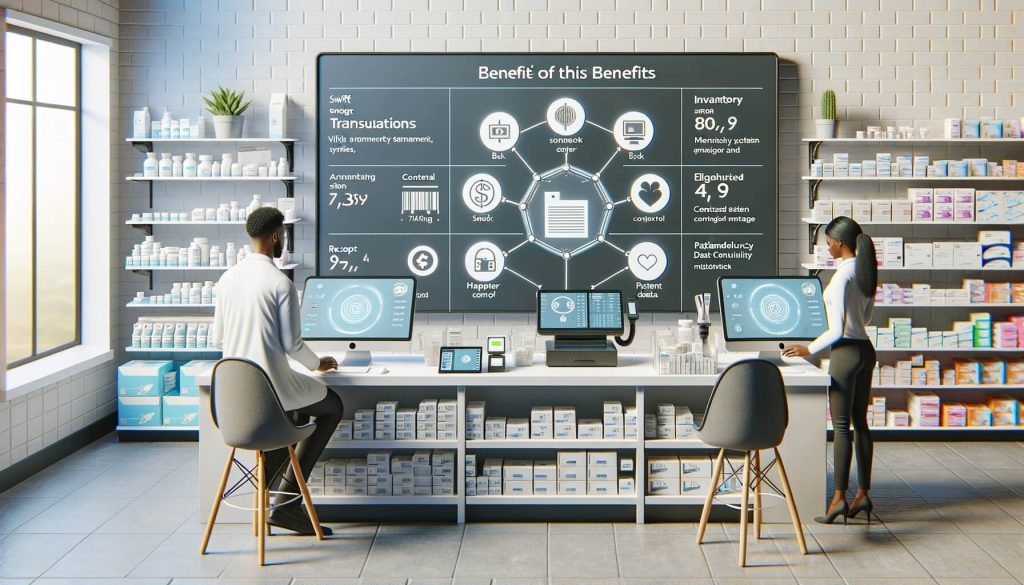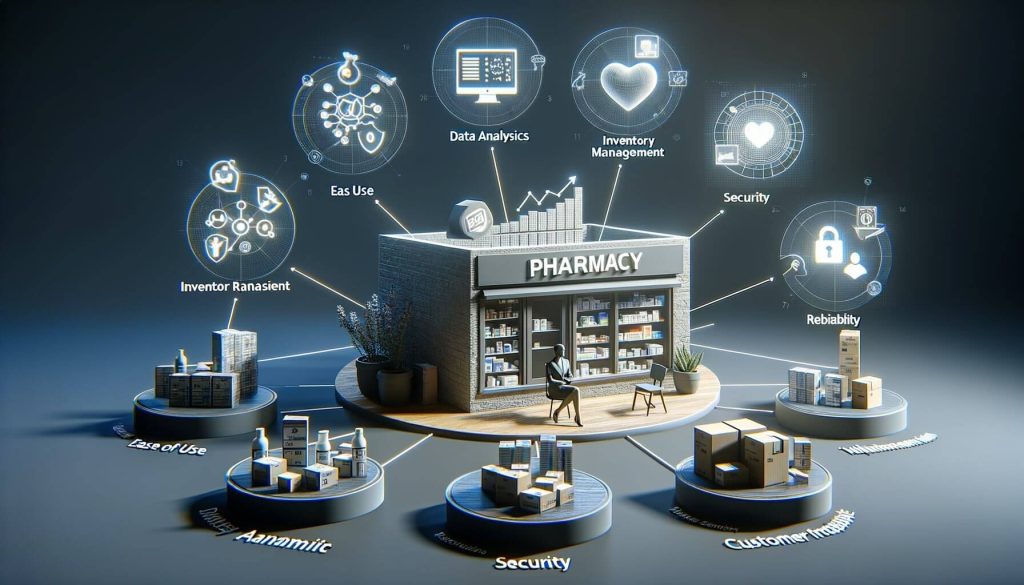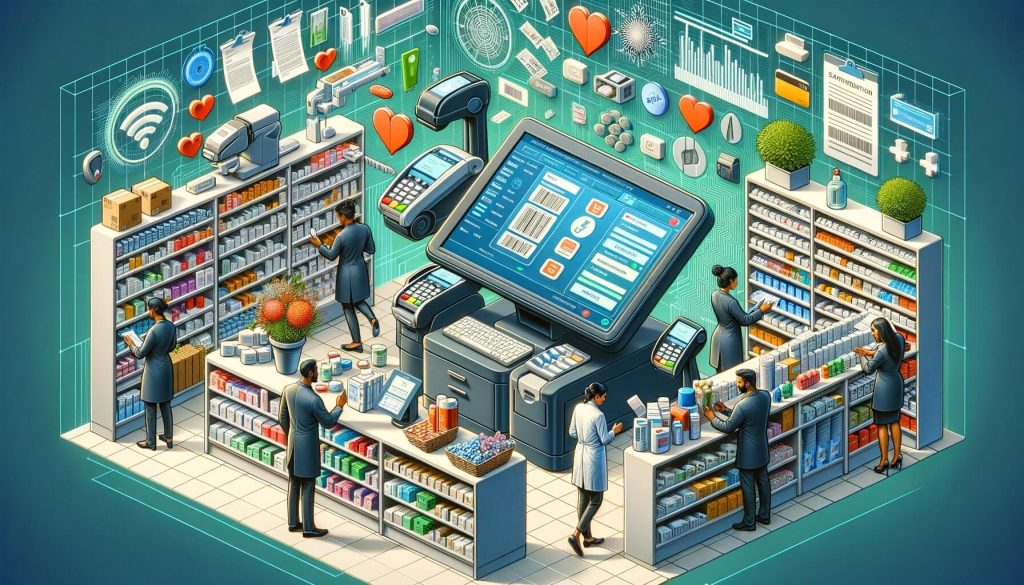Point of Sale (POS) systems have become an integral part of modern businesses, enabling efficient and streamlined transactions. However, not all POS systems are created equal. To maximize the benefits of a POS system, it is crucial to have essential software features that cater to the specific needs of your business.
In this comprehensive guide, we will explore the key software features that every POS system should possess, and how they can enhance your business operations.
User-Friendly Interface and Intuitive Navigation

A user-friendly interface and intuitive navigation are essential software features for any POS system. A well-designed interface ensures that employees can quickly learn and navigate the system, reducing training time and minimizing errors. It should be intuitive, with clear and easily identifiable buttons and menus, allowing users to perform tasks effortlessly.
1. Streamlined Checkout Process: A user-friendly interface should facilitate a smooth and efficient checkout process. It should provide easy access to product information, pricing, and discounts, allowing cashiers to process transactions quickly and accurately.
2. Customizable Layout: The ability to customize the layout of the POS system is crucial for businesses with unique requirements. Whether it’s rearranging buttons or adding specific functions, a customizable layout ensures that the system aligns with your business processes.
3. Touchscreen Compatibility: With the increasing popularity of touchscreen devices, a POS system should be compatible with touchscreens. This feature enhances the user experience by allowing employees to navigate the system using familiar gestures, such as swiping and tapping.
4. Intuitive Reporting: A user-friendly interface should also extend to the reporting capabilities of the POS system. It should provide easy-to-understand reports and analytics, allowing business owners to make informed decisions based on real-time data.
Inventory Management and Tracking Capabilities

Efficient inventory management is crucial for businesses to optimize their operations and meet customer demands. A POS system with robust inventory management and tracking capabilities can help businesses streamline their inventory processes and reduce costs.
1. Real-Time Inventory Tracking: A POS system should provide real-time inventory tracking, allowing businesses to monitor stock levels accurately. This feature enables businesses to avoid stockouts and overstocking, ensuring that they always have the right products available for customers.
2. Barcode Scanning: Barcode scanning is a fundamental feature of inventory management. It allows businesses to quickly and accurately update inventory levels, reducing manual errors and saving time. A POS system should support barcode scanning, making it easy for employees to scan products during the checkout process.
3. Product Variants and Attributes: Businesses that sell products with different variants or attributes, such as size or color, need a POS system that can handle these complexities. The system should allow businesses to track inventory for each variant and attribute, ensuring accurate stock management.
4. Purchase Order Management: A POS system with purchase order management capabilities simplifies the process of ordering new inventory. It should allow businesses to create and track purchase orders, automate reordering based on predefined thresholds, and integrate with suppliers for seamless communication.
5. Inventory Reporting and Analytics: A POS system should provide comprehensive inventory reporting and analytics. It should offer insights into top-selling products, slow-moving items, and overall inventory turnover. These reports help businesses make data-driven decisions to optimize their inventory management strategies.
Sales and Reporting Analytics for Informed Decision Making

Sales and reporting analytics are essential software features that empower businesses to make informed decisions based on real-time data. A POS system with robust analytics capabilities can provide valuable insights into sales trends, customer behavior, and overall business performance.
1. Sales Tracking: A POS system should track sales data accurately, including transaction details, product information, and customer information. This feature allows businesses to analyze sales patterns, identify top-selling products, and measure the effectiveness of marketing campaigns.
2. Customer Behavior Analysis: Understanding customer behavior is crucial for businesses to tailor their offerings and marketing strategies. A POS system should provide insights into customer preferences, purchase history, and loyalty program participation. This information helps businesses personalize their interactions with customers and build long-term relationships.
3. Reporting and Dashboards: A POS system should offer comprehensive reporting and customizable dashboards. It should allow businesses to generate reports on sales, inventory, employee performance, and other key metrics. Customizable dashboards enable businesses to visualize data in a way that is most relevant to their operations.
4. Integration with Third-Party Analytics Tools: Some businesses may require more advanced analytics capabilities than what a POS system offers. In such cases, integration with third-party analytics tools, such as Google Analytics or Tableau, can provide additional insights and data visualization options.
Integrated Payment Processing Options

Efficient payment processing is a critical aspect of any POS system. The ability to accept various payment methods seamlessly enhances the customer experience and ensures smooth transactions. A POS system should offer integrated payment processing options to simplify the payment process for both businesses and customers.
1. Multiple Payment Methods: A POS system should support a wide range of payment methods, including credit cards, debit cards, mobile wallets, and contactless payments. This feature allows businesses to cater to the preferences of their customers and adapt to changing payment trends.
2. EMV Compliance: EMV (Europay, Mastercard, and Visa) compliance is essential for businesses to protect themselves against fraudulent transactions. A POS system should support EMV chip card technology, ensuring secure and encrypted transactions.
3. Split Payments and Partial Payments: Some customers may prefer to split their payments or make partial payments. A POS system should have the capability to handle these scenarios, allowing businesses to accommodate customer preferences and improve customer satisfaction.
4. Integrated Gift Card and Loyalty Program Support: Many businesses offer gift cards and loyalty programs to incentivize customer loyalty. A POS system should seamlessly integrate with these programs, allowing businesses to accept and process gift cards and track customer loyalty points.
Customer Relationship Management (CRM) Tools

Building strong customer relationships is crucial for businesses to thrive in today’s competitive market. A POS system with integrated customer relationship management (CRM) tools can help businesses manage customer information, track interactions, and provide personalized experiences.
1. Customer Database: A POS system should have a centralized customer database that stores customer information, including contact details, purchase history, and preferences. This feature allows businesses to access customer information quickly and provide personalized service.
2. Customer Segmentation: A POS system with customer segmentation capabilities enables businesses to categorize customers based on various criteria, such as purchase history, demographics, or loyalty program participation. This segmentation helps businesses target specific customer groups with tailored marketing campaigns and promotions.
3. Loyalty Program Management: A POS system should support the management of loyalty programs, including the ability to enroll customers, track loyalty points, and redeem rewards. This feature encourages repeat business and fosters customer loyalty.
4. Customer Communication: A POS system with CRM tools should facilitate communication with customers through various channels, such as email or SMS. It should allow businesses to send personalized messages, promotions, or order updates, enhancing the overall customer experience.
Scalability and Customization Options
As businesses grow and evolve, their POS system needs may change. A scalable and customizable POS system can adapt to the changing needs of a business, ensuring that it remains efficient and effective.
1. Multi-Location Support: Businesses with multiple locations require a POS system that can support their expansion. A scalable POS system should allow businesses to manage multiple locations from a centralized dashboard, ensuring consistent operations and reporting.
2. Multi-Channel Integration: With the rise of e-commerce and omnichannel retailing, a POS system should seamlessly integrate with various sales channels, such as online stores or mobile apps. This integration enables businesses to manage inventory, sales, and customer data across different channels, providing a unified experience for customers.
3. Third-Party Integrations: A customizable POS system should offer the flexibility to integrate with third-party applications and services. This integration allows businesses to extend the functionality of their POS system, such as integrating with accounting software or marketing automation tools.
4. Scalable Pricing Plans: A POS system should offer pricing plans that align with the needs and growth trajectory of a business. It should provide options for businesses of different sizes, allowing them to upgrade or downgrade their plan as their requirements change.
Security and Data Protection Measures
Data security is a top priority for businesses, especially when handling sensitive customer information and financial transactions. A POS system should have robust security and data protection measures to safeguard against data breaches and unauthorized access.
1. Payment Card Industry Data Security Standard (PCI DSS) Compliance: PCI DSS compliance is essential for businesses that handle credit card information. A POS system should adhere to the strict security standards set by the PCI Security Standards Council, ensuring that customer payment data is protected.
2. Encryption and Tokenization: A POS system should encrypt sensitive data, such as credit card information, during transmission and storage. Encryption ensures that data is unreadable to unauthorized individuals. Tokenization replaces sensitive data with unique tokens, further enhancing data security.
3. User Access Controls: A POS system should have user access controls to restrict access to sensitive functions and data. Businesses should be able to assign different user roles and permissions, ensuring that employees only have access to the information and functions necessary for their roles.
4. Regular Software Updates and Patches: A POS system should receive regular software updates and patches to address security vulnerabilities and ensure that the system is up to date with the latest security measures. Regular updates help protect against emerging threats and vulnerabilities.
Integration with E-commerce Platforms
In today’s digital age, businesses need to have an online presence to reach a wider customer base. A POS system that integrates seamlessly with e-commerce platforms allows businesses to manage their online and offline operations from a single system.
1. Inventory Synchronization: A POS system should synchronize inventory between the physical store and the online store. This synchronization ensures that accurate stock levels are reflected across all sales channels, preventing overselling or stockouts.
2. Order Management: An integrated POS system should provide centralized order management, allowing businesses to process online orders alongside in-store transactions. This feature streamlines order fulfillment and ensures a consistent customer experience.
3. Customer Data Integration: A POS system that integrates with e-commerce platforms should also synchronize customer data. This integration allows businesses to have a unified view of customer information, regardless of the sales channel, enabling personalized service and targeted marketing.
4. Omnichannel Reporting: An integrated POS system should provide comprehensive reporting and analytics that encompass both online and offline sales. This omnichannel reporting allows businesses to gain insights into overall business performance and make data-driven decisions.
Customer Support and Training Resources
Having reliable customer support and access to training resources is crucial when implementing a new POS system. A POS system provider should offer comprehensive support and training options to ensure a smooth transition and ongoing system maintenance.
1. 24/7 Technical Support: A POS system provider should offer 24/7 technical support to address any issues or questions that may arise. Prompt and reliable support ensures that businesses can resolve any system-related problems quickly, minimizing downtime.
2. Training Materials and Documentation: A POS system provider should provide comprehensive training materials and documentation to help businesses learn and navigate the system. This includes user manuals, video tutorials, and online knowledge bases.
3. On-Site Training and Implementation Support: Some businesses may require on-site training and implementation support to ensure a successful transition to a new POS system. A POS system provider should offer these services to cater to the specific needs of businesses.
4. Regular System Updates and Improvements: A POS system provider should continuously update and improve their software to address customer feedback and industry trends. Regular updates ensure that businesses have access to the latest features and enhancements.
FAQs
Q1: What is a POS system?
A POS system, or point of sale system, is a software and hardware solution that enables businesses to process transactions, manage inventory, and track sales. It typically includes a cash register, barcode scanner, receipt printer, and software that integrates these components.
Q2: Why is a user-friendly interface important for a POS system?
A user-friendly interface is important for a POS system because it reduces training time, minimizes errors, and improves overall efficiency. A well-designed interface allows employees to navigate the system effortlessly, ensuring a smooth checkout process.
Q3: How does inventory management and tracking benefit businesses?
Efficient inventory management and tracking benefit businesses by reducing costs, preventing stockouts, and optimizing operations. Real-time inventory tracking allows businesses to monitor stock levels accurately, ensuring that they always have the right products available for customers.
Q4: What are the advantages of integrated payment processing options in a POS system?
Integrated payment processing options in a POS system simplify the payment process for both businesses and customers. They allow businesses to accept various payment methods seamlessly, enhancing the customer experience and ensuring smooth transactions.
Q5: How can a POS system with CRM tools benefit businesses?
A POS system with CRM tools can benefit businesses by helping them manage customer information, track interactions, and provide personalized experiences. It allows businesses to build strong customer relationships and tailor their offerings and marketing strategies.
Conclusion
Choosing the right POS system with essential software features is crucial for businesses to optimize their operations and enhance the customer experience.
A user-friendly interface, robust inventory management capabilities, sales and reporting analytics, integrated payment processing options, customer relationship management tools, scalability and customization options, integration with e-commerce platforms, and reliable customer support and training resources are all essential features that businesses should consider when selecting a POS system.
By investing in a POS system that meets their specific needs, businesses can streamline their operations, make informed decisions based on real-time data, and ultimately drive growth and success.



